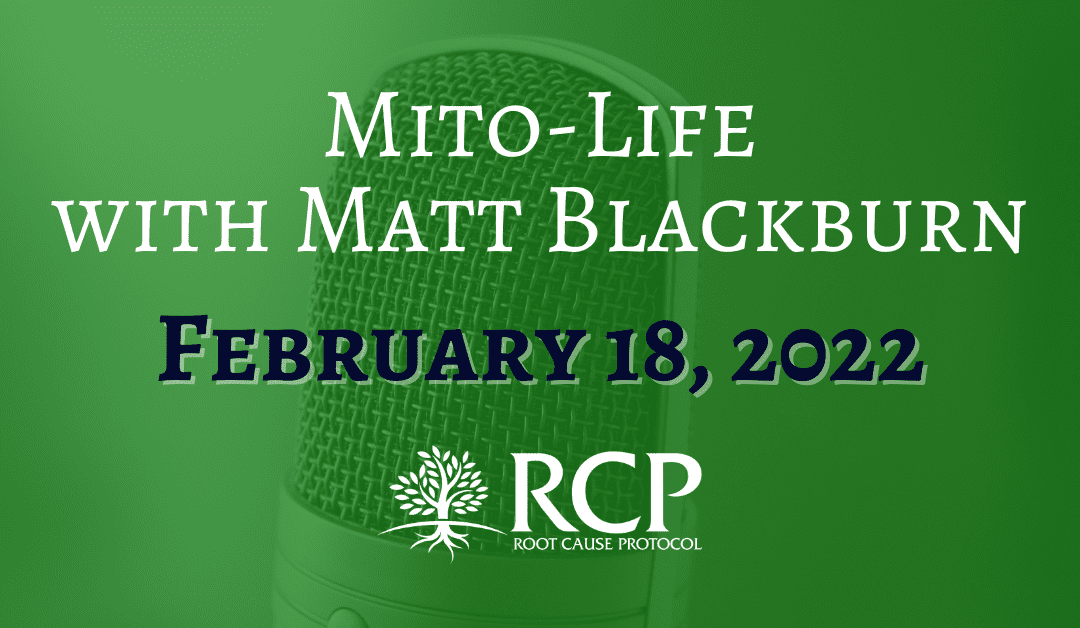Your Adrenal Fix With Dr Joel Rosen | How to Get to The Main Cause of having no Energy Part 3 with Morley Robbins | January 19, 2022

Revolutionary Health with Stephanie Center | The Great D-eception of Vitamin D part 1: with Morley Robbins & Jim Stephenson Jr. | March 1, 2022
Morley speaks with Jim Stephenson Jr and Stephanie Carter about vitamin D, autoimmune diseases, magnesium and the Epstein-Barr connection.
Request Morley to Appear on Your Show
View Similar Podcast Appearances
Read Show Notes
You may also like
Your Adrenal Fix With Dr Joel Rosen | How to Get to The Main Cause of having no Energy Part 3 with Morley Robbins | January 19, 2022
Ideal Day Podcast with Adam Parker | How To Cure Your Fatigue. The Secret To Health That No One Is Talking About | January 18, 2022
Ideal Day Podcast with Adam Parker | How To Cure Your Fatigue. The Secret To Health That No One Is Talking About | January 18, 2022





